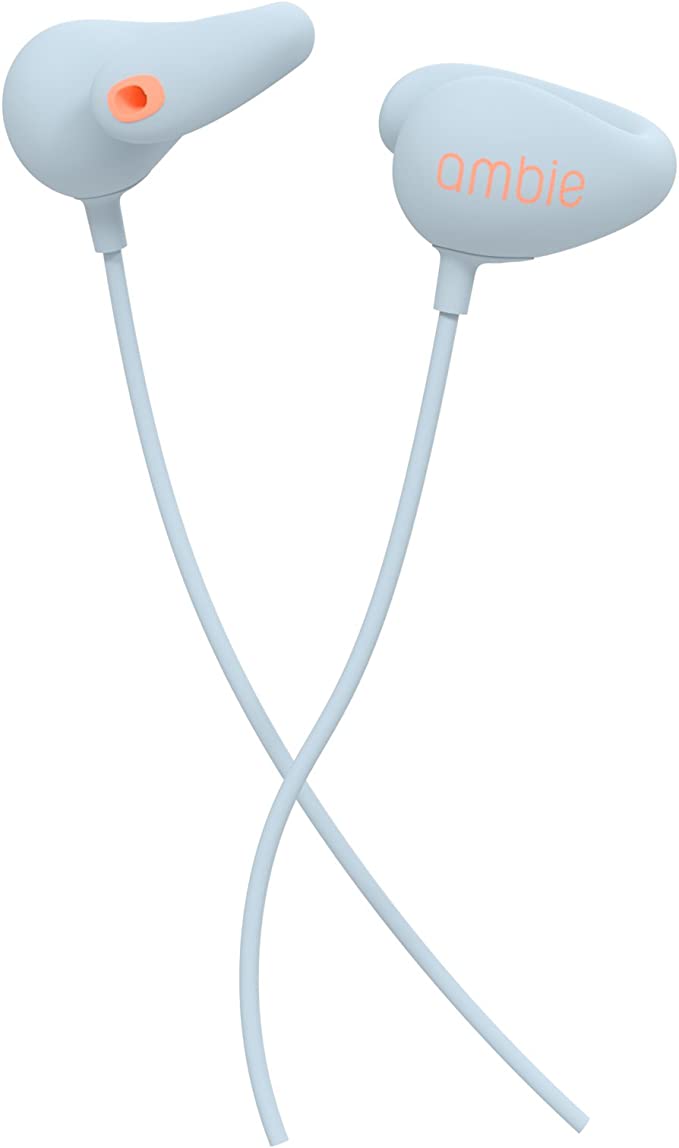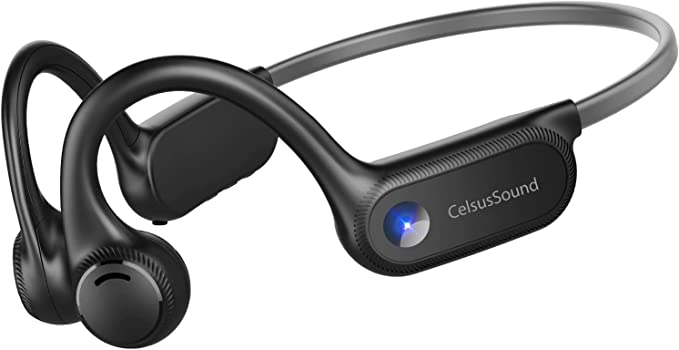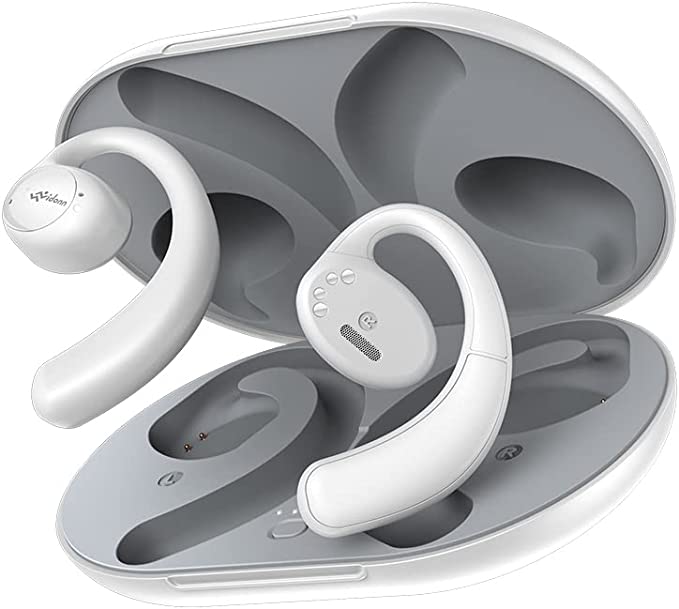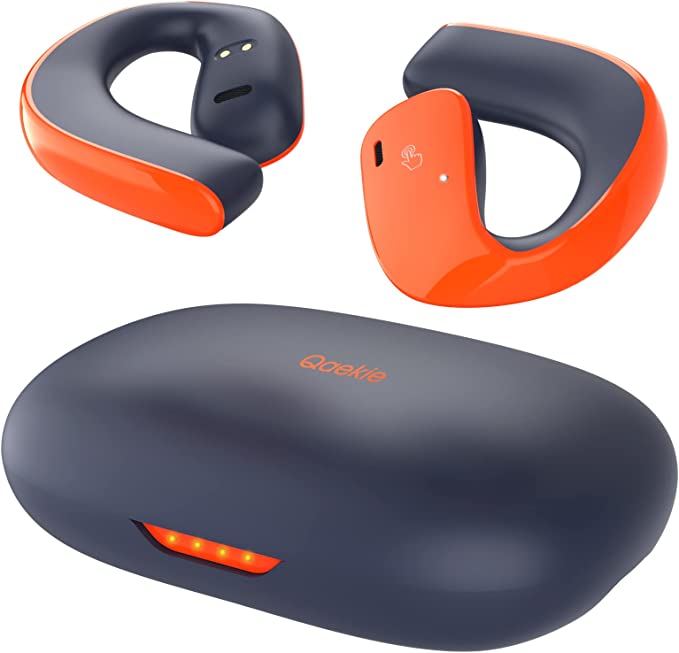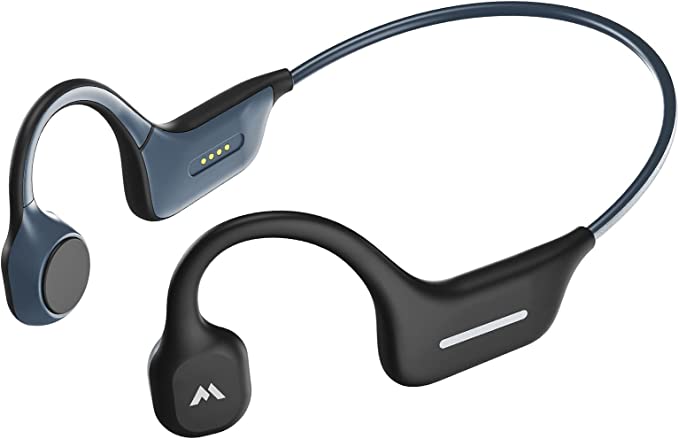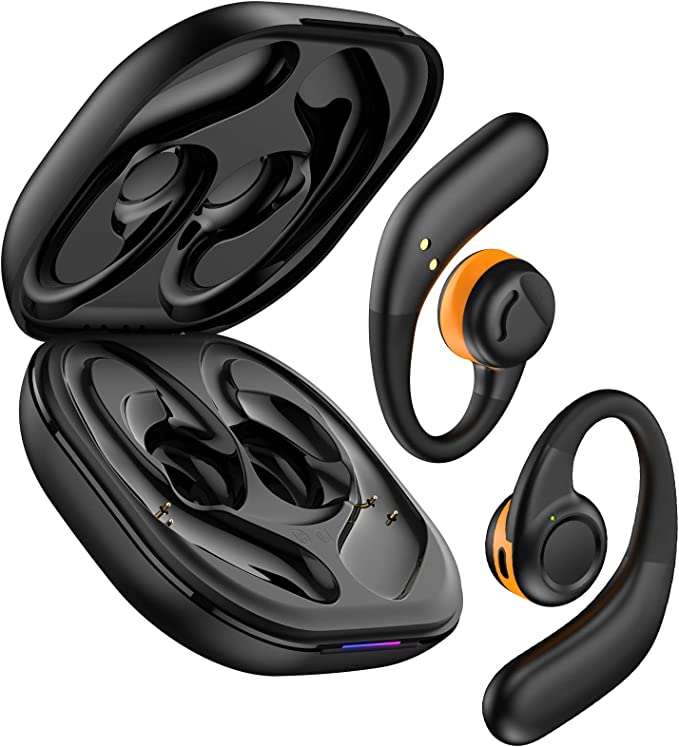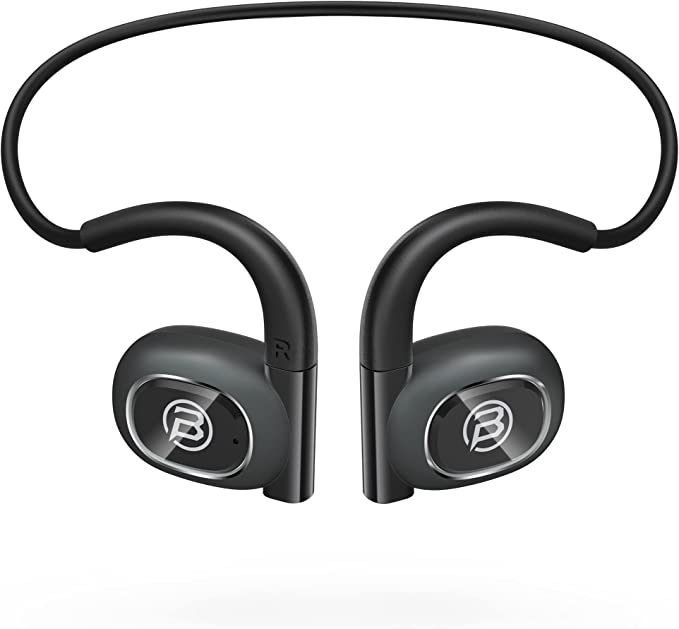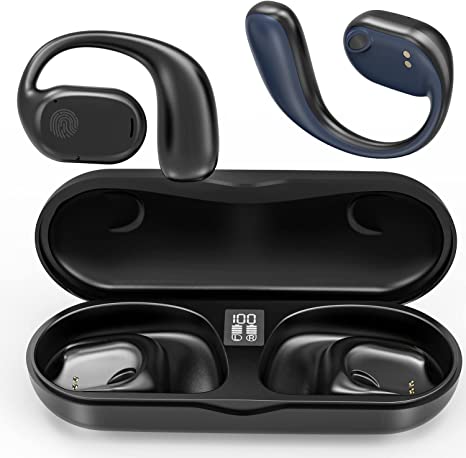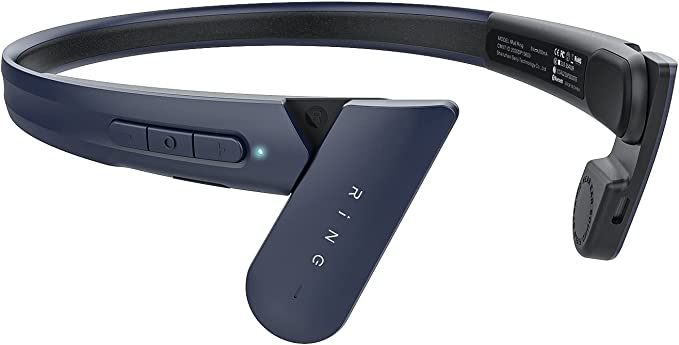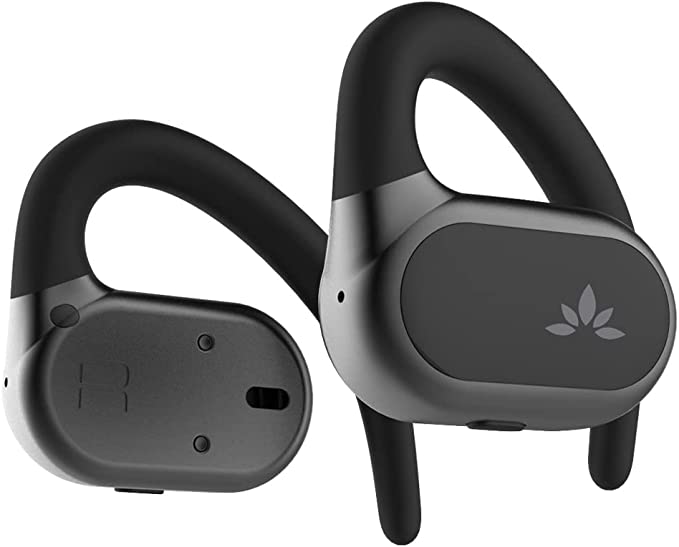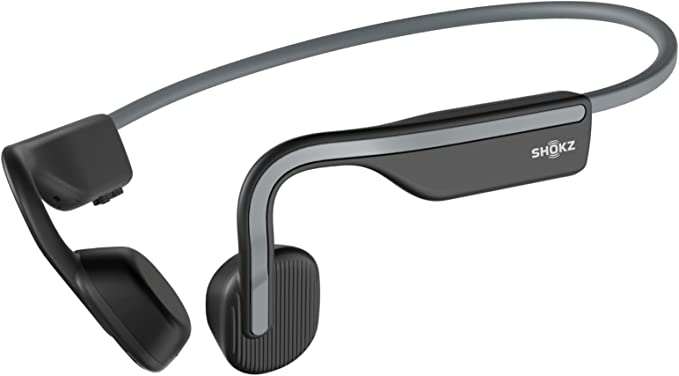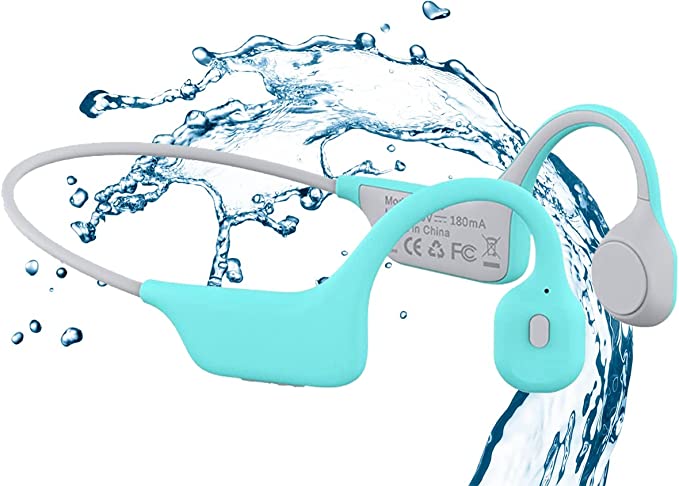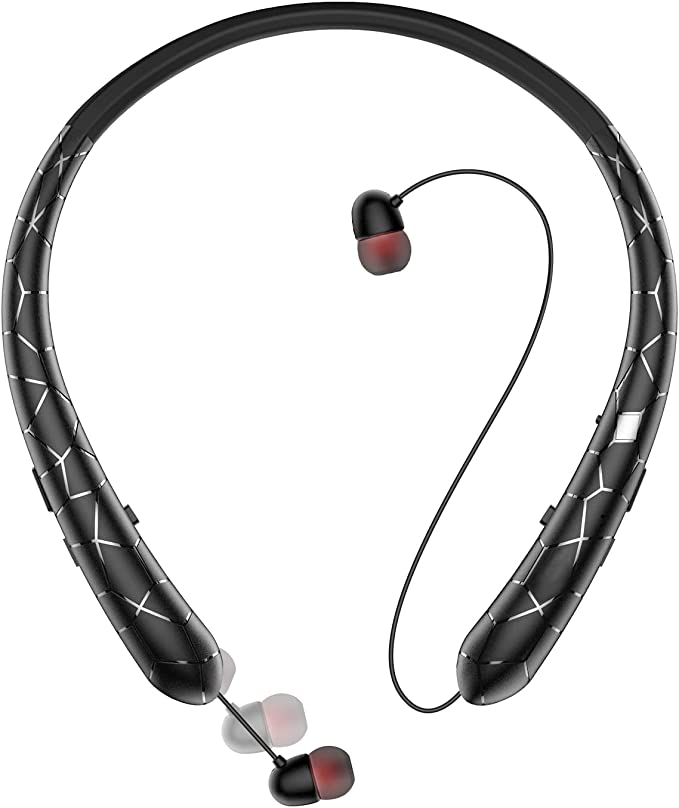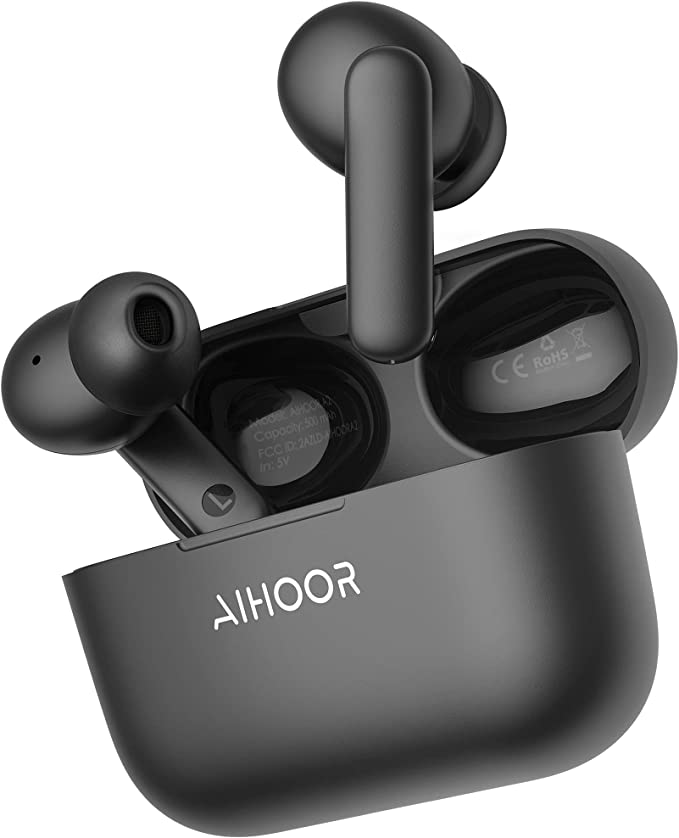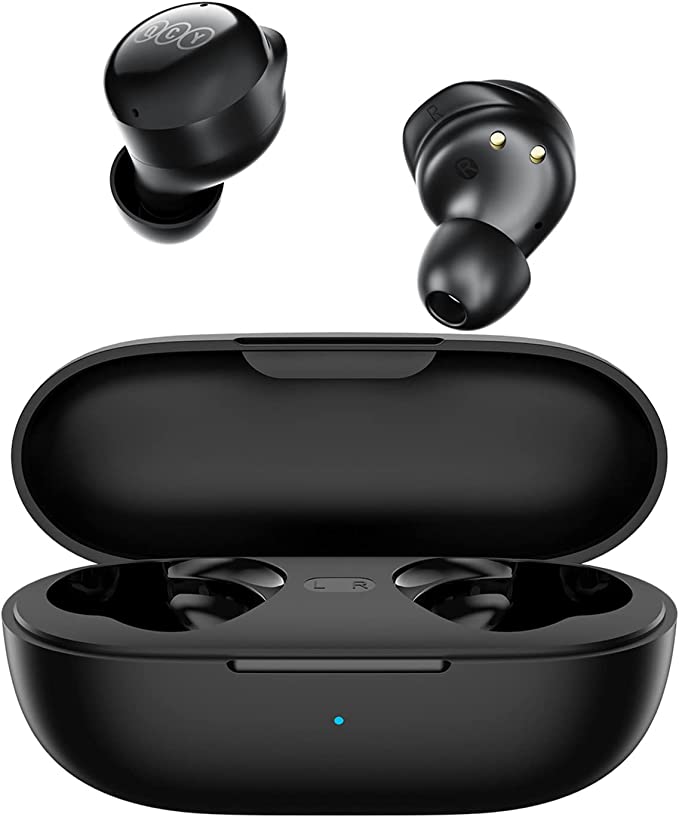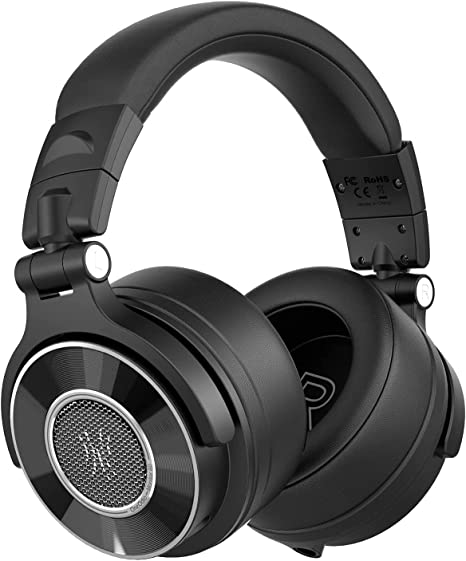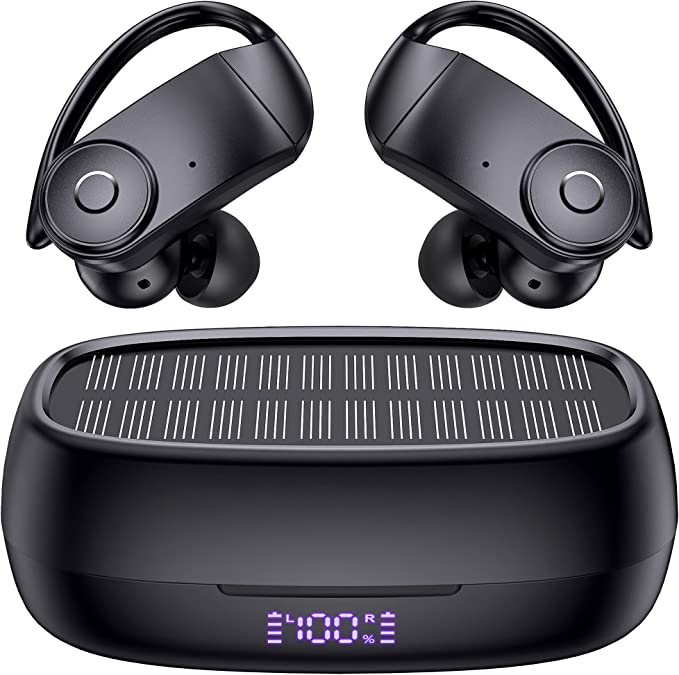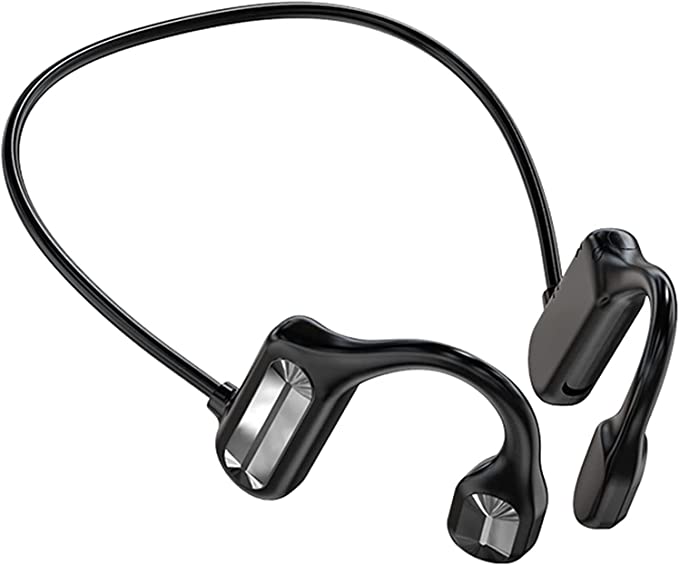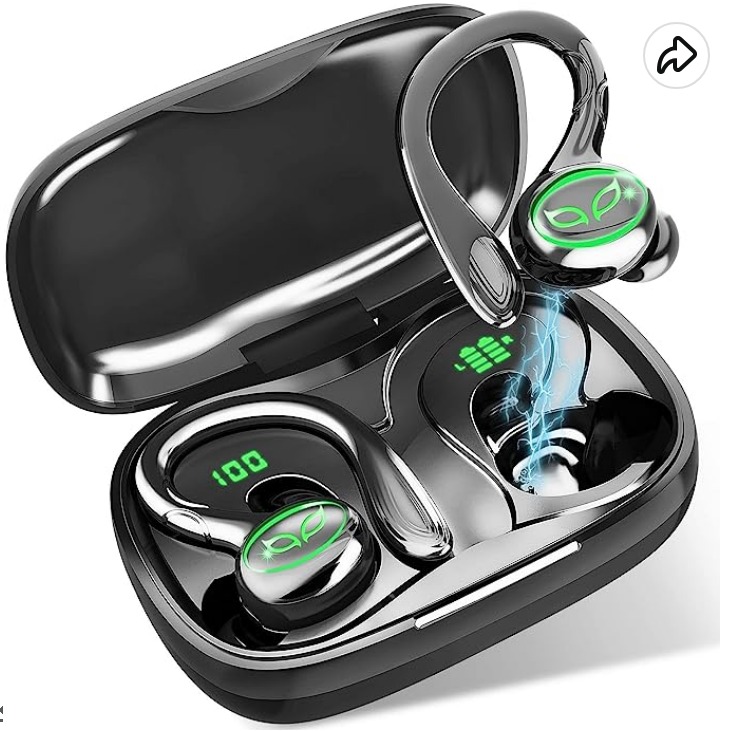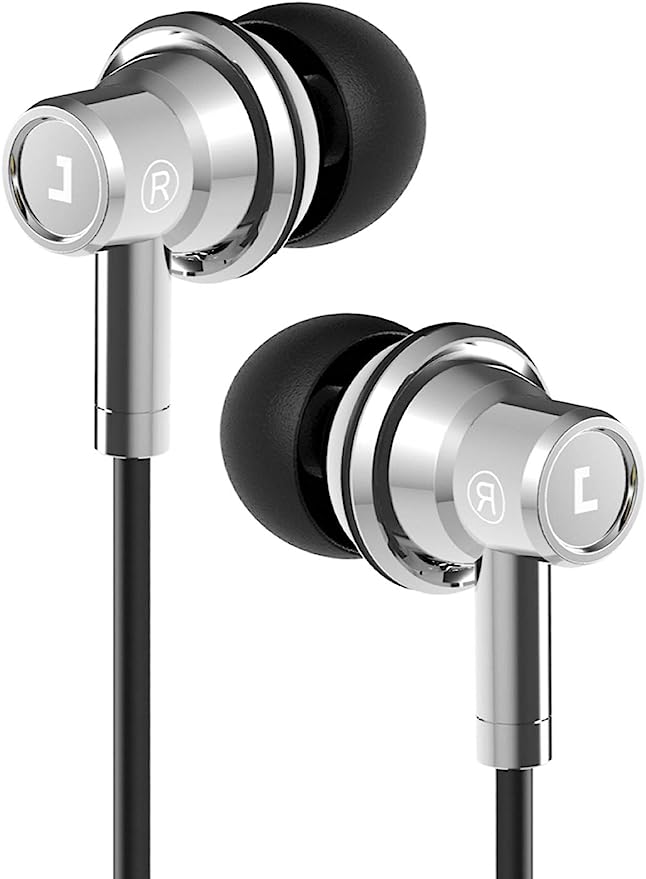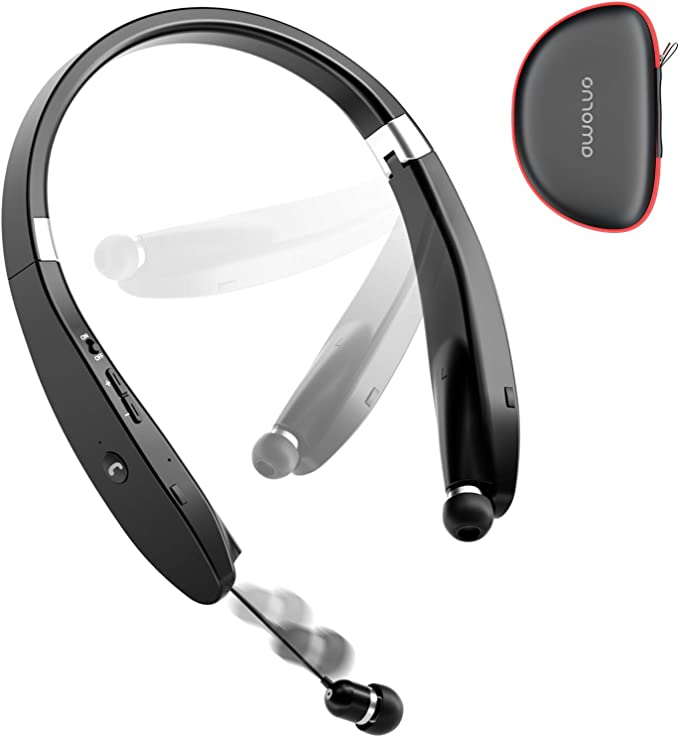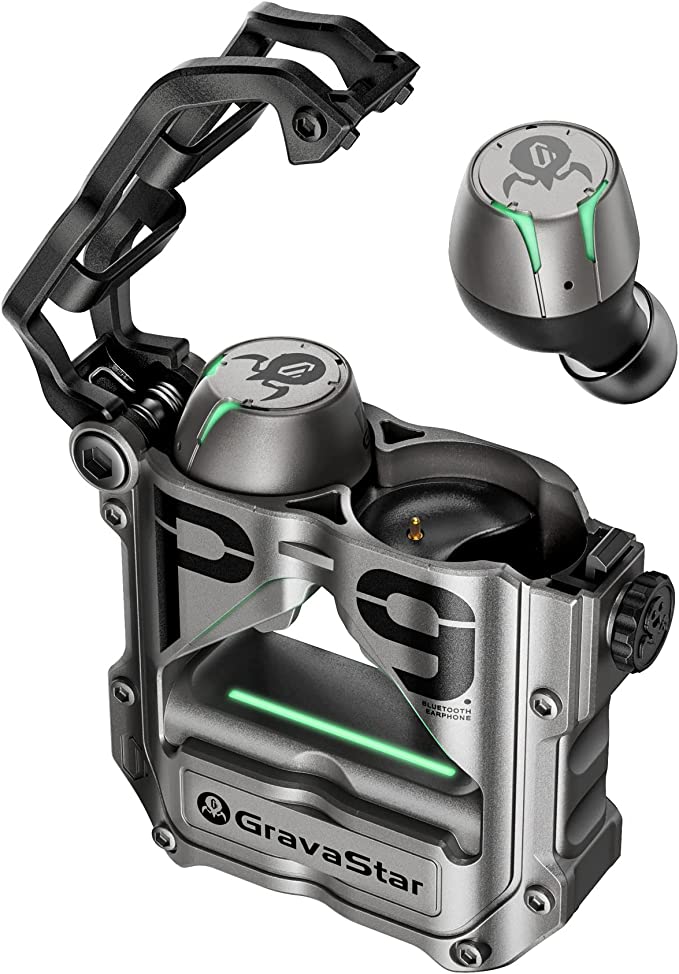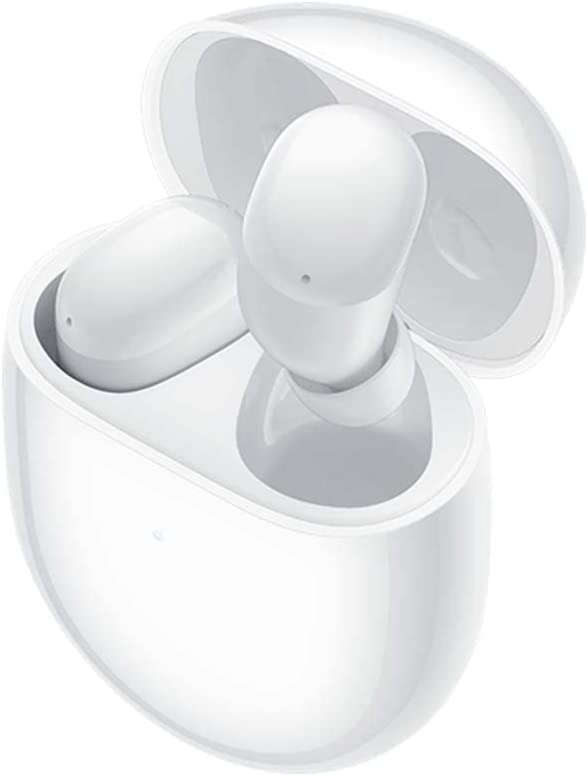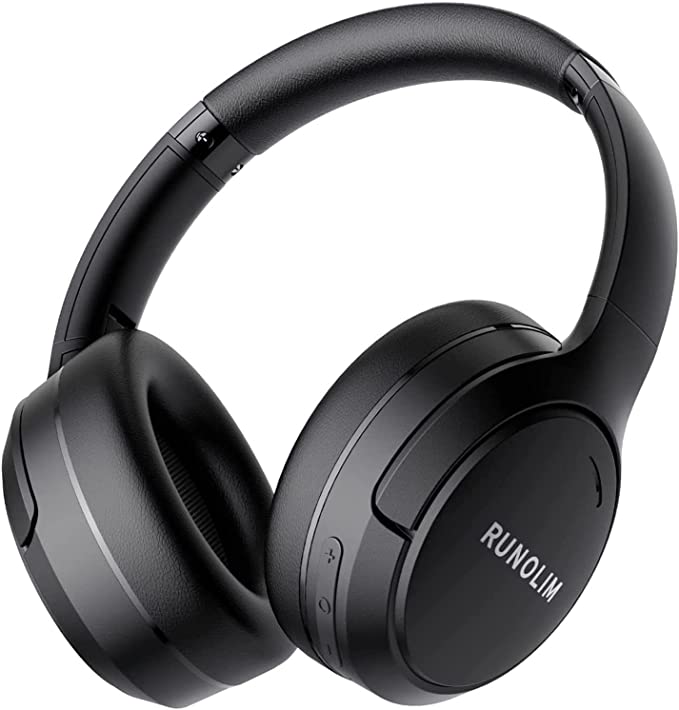LAKKA C2 Bone Conduction Headphones: Experience Open-Ear Safety and Comfort
Update on Aug. 5, 2025, 6:38 a.m.
There’s a modern paradox that every urban runner, cyclist, or even pedestrian knows intimately. It’s the desire to be lost in the rhythm of a playlist, propelled by the narrative of a podcast, yet simultaneously needing to be acutely present—to hear the approaching electric car, the shout of a fellow pedestrian, the subtle cues of a living city. For decades, personal audio has presented this as a binary choice: immerse yourself and be isolated, or stay aware and be silent. But what if there’s a third way? A way to listen that doesn’t involve your ears at all, by hacking the most solid and ancient part of yourself: your own skull.
This isn’t science fiction. It’s the elegant principle of bone conduction, a technology brought to life in devices like the LAKKA C2 Bone Conduction Headphones. To truly grasp what they do, we must first unlearn what we think we know about hearing.

A Pathway Carved in Bone: Rediscovering How We Hear
Almost all sound we experience arrives via air conduction. It’s a journey of vibrations traveling through the air, funneling into our ear canal, and striking the tympanic membrane—our eardrum. This delicate membrane vibrates, setting off a chain reaction through the tiny bones of the middle ear until the signal reaches the cochlea, a spiral-shaped, fluid-filled organ that finally translates the mechanical energy into electrical signals for our brain. It’s a magnificent, but indirect, Rube Goldberg machine of perception.
Bone conduction offers a shortcut, a VIP lane straight to the cochlea. Imagine sound not as a wave in the air, but as a subtle tremor in a solid. This technology employs small transducers that, instead of moving air, vibrate directly against the listener’s cheekbones. These vibrations travel effortlessly through the dense medium of bone, bypassing the entire outer and middle ear structure to stimulate the cochlea directly. Your brain receives the signal and perceives it as sound, yet your ear canals remain completely open to the world.
This “secret” pathway for sound has a surprisingly rich history. In the early 19th century, as the composer Ludwig van Beethoven descended into profound deafness, he discovered a workaround. By clenching a wooden rod between his teeth and touching the other end to his piano, he could perceive the instrument’s vibrations through his jawbone, allowing him to compose some of his most legendary works. Centuries later, the military perfected this concept for tactical communication, enabling soldiers to receive clear commands in the deafening chaos of a battlefield while their ears were free to track enemy movements. From the concert hall to the conflict zone, bone conduction has always been about one thing: hearing what you need to, without losing touch with reality.

From Principle to Product: Engineering the LAKKA C2 Experience
The LAKKA C2 takes this profound scientific and historical principle and engineers it into a lightweight, accessible device for modern life. Its very form is dictated by its function. The open-ear design is not merely a stylistic choice; it is the physical embodiment of safety, the core promise of the technology.
This design is powered by modern electronics. A stable connection is paramount, especially during movement, and the inclusion of Bluetooth 5.3 ensures a robust, low-energy link to your audio source, minimizing the frustrating dropouts that can plague older wireless tech. The user experience is further defined by its ergonomics. At a mere 0.15 kilograms, the frame is designed for near-weightless comfort over long periods, a stark contrast to the pressure and fatigue that can come from in-ear buds or heavy on-ear cans.

Built for the Real World: Decoding Durability and Design Choices
A device intended for an active lifestyle must be resilient. The LAKKA C2 carries an official IPX5 rating. This isn’t just marketing jargon; it’s a specific standard from the International Electrotechnical Commission (IEC). The ‘5’ signifies protection against low-pressure water jets from any direction. In practical terms, this means it can easily handle profuse sweating during a marathon or a sudden downpour on your commute home. It’s not designed for swimming, but it is built to endure the elements of daily life.
Beyond durability, truly great design is found in the details that address user frustrations. Consider the simple act of charging. As one verified user review keenly observed, a major advantage of the LAKKA C2 is its universal USB-C port, a stark contrast to the proprietary magnetic chargers used by market leaders like Shokz, which can be costly and inconvenient to replace if lost. An even subtler, yet more profound, design choice is how the device handles system sounds. The same reviewer noted that the audible “beeps” for button presses intelligently adjust to the media volume. This prevents the literal pain of a full-volume notification blasting your skull while you’re listening to a quiet podcast—a small detail that shows a deep consideration for the user’s auditory health and comfort.
The Psychoacoustics of an Open Ear
Wearing bone conduction headphones creates a unique perceptual phenomenon. Users often describe the audio as feeling more “ambient,” as if it’s coming from a source within the room rather than being injected into their head. This is psychoacoustics in action. Your brain is brilliantly mixing two distinct audio streams: the bone-conducted signal from your music and the air-conducted sounds of your environment. This fusion results in a more natural, less intrusive soundscape where your personal audio and the world coexist.
Of course, this technology comes with inherent trade-offs dictated by physics. Because the transducers vibrate, some energy will inevitably dissipate into the air, creating a small amount of sound leakage that might be audible to someone sitting very close to you in a silent library. Likewise, the microphone’s performance for phone calls can be challenging. As noted in user feedback, with the microphone positioned behind the ear rather than near the mouth, your voice has to travel further, making it more susceptible to being muffled or competing with background noise. This isn’t a flaw, but a fundamental compromise of the form factor.

Conclusion: More Than Just Headphones, A New Sensory Lane
The LAKKA C2 and the technology it represents are not here to make your high-fidelity, noise-canceling headphones obsolete. You wouldn’t choose them for critical music mastering or to escape the drone of an airplane engine.
Instead, bone conduction offers something far more compelling for specific, crucial moments in our lives. It provides a new sensory lane. It’s for the parent who needs to listen to a meeting while keeping an ear out for their child playing in the next room. It’s for the warehouse worker who needs instructions piped in without being deaf to the sound of an approaching forklift. And it’s for that urban runner who finally gets to have both—the driving beat and the vital awareness of the world they’re running through. By channeling a principle as old as Beethoven, this technology doesn’t just let us hear music differently; it lets us experience our environment more safely and completely.
